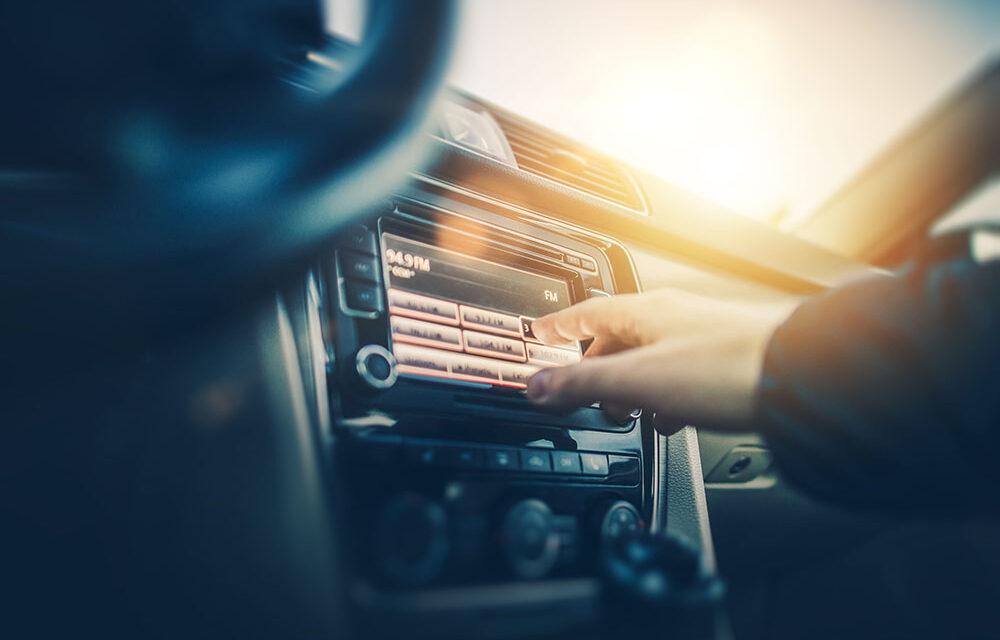Radio has been challenged by many issues recently, from automakers wanting to eliminate the AM and FM brands for new electric vehicles to the increasing popularity of streaming audio and podcasts. A new Engagement Labs study commissioned by the RAB (Radio Advertising Bureau) has some positive news for radio stations and especially their advertisers.
The study found more heavy radio listeners (2+ hours daily during weekdays or weekends) were the source of 4.7 billion weekly brand conversations than other media and, more importantly, “19% of sales, on average, are driven by consumer conversations.”
Weekly Brand Conversations In Five Media, 2023
|
Media |
Total |
|
Heavy radio listeners (2+ hours daily, weekdays or weekends) |
4.7 B |
|
Heaving social media users (2+ hours daily, weekdays or weekends) |
3.8 B |
|
Heavy TV viewers (2+ hours daily, weekdays or weekends) |
2.6 B |
|
Heavy newspaper readers (1+ hours daily, weekdays or weekends) |
2.6 B |
|
Heavy magazine readers (1+ hours daily, weekdays or weekends) |
2.4 B |
RAB/Engagement Labs, August 2022–July 2023
More significant is the study revealed heavy radio listeners were also heavy brand talkers in all 15 industries/sectors Engagement Lab measured. The top three industries/sectors for total brand talkers were no surprise: food and dining 552 million, media and entertainment 533 million and beverages 474 million weekly brand conversations. The two sectors with the fewest conversations were travel services at 180 million and children’s products at 140 million.
Another measurement criterion in the study was “everyday influencers,” which are approximately the 10% of consumers who others ask for their advice and recommendations that impact what they decide to buy. Of those everyday influencers, heavy radio listeners are 25% more likely to have that power than the average person, 23% more than heavy TV viewers and 4% more than heavy social media users.
Although children’s products had the fewest total brand conversations, heavy radio listeners (32%) were more likely to be everyday influencers in this sector versus heavy TV listeners. When compared to heavy social media users, heavy radio users were first as everyday influencers in the household products sector at 39%.


